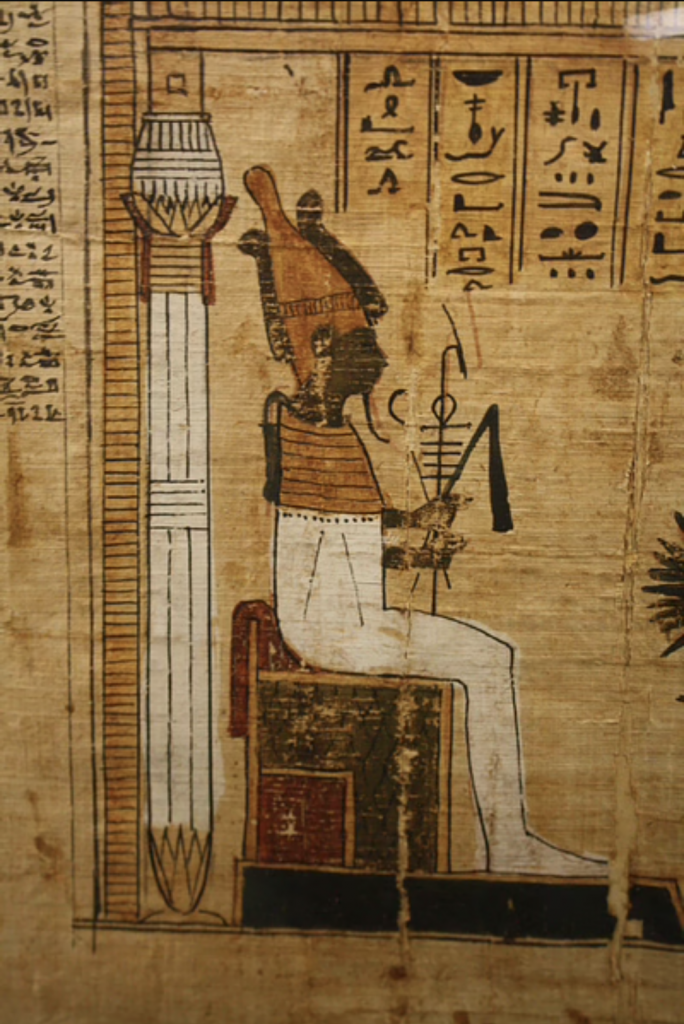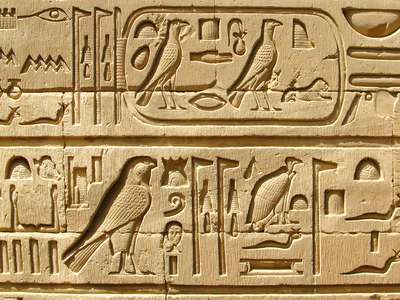Often when we think of the afterlife, concepts about heaven and hell pop up in our minds, assuming we’re basing it off Christianity, which is predominantly practiced in Western countries. Depending on an individual’s beliefs, they may have a different idea of what the afterlife looks like. For instance, Hinduism believes in the idea of reincarnation, which is that an individual’s soul is born into another body after death. In Ancient Egypt, they solely relied on The Book of the Dead.

Before historians were able to piece together the meaning behind the book, they assumed the writings were “passages from ancient scripture.” However, according to World History, The Book of the Dead details the “survival of bodily death,” and the “promise of eternal life.” Furthermore, Historian Margaret Bunson further details the book to also be an “[instructions to] the deceased [on] how to overcome the dangers of the afterlife.” Originally written for the Pharoah’s, the Book of the Dead eventually was passed onto regular Egyptians, hence why each book is specifically catered to one’s life. No two of the books were similar, and the detail, such as how many chapters, of each book, depended heavily on one’s financial status.
The early forms of this book surprisingly were placed in tombs and graves from as early as the Third Dynasty. By the 12th Dynasty, the inscriptions, including illustrations, were “written on papyrus and placed in tombs.” According to the American Research Center in Egypt, spells were even found on “mummy wrappings” and “inside King Tut’s golden mask.” From then, the Egyptians mainly used papyrus to document the spells and inscriptions of the Book of the Dead. Papyrus was created from papyrus plants, which were then layered and pressed together and could be as long as 100 feet long. Furthermore, they were commonly transcribed in hieroglyphs.
Sources
https://www.worldhistory.org/Egyptian_Book_of_the_Dead/
https://www.arce.org/resource/boAccook-dead-guidebook-afterlife
https://www.nationalgeographic.co.uk/history/2019/02/book-dead-was-egyptians-inside-guide-underworld
https://www.youtube.com/watch?v=1yv_MXNYbAo&ab_channel=TED-Ed


Writing notes from Patrick,
Hi Angelica,
Loved the title, concise and catchy. I found some of the sentences a tad long and clunky. Watch out for too many dependent clauses. Did you read the piece out loud? A good guide to spotting sentences that don’t flow. Didn’t see a reference or a closing that connected to the title with a conclusion. The blog ended a bit abruptly. But the information was interesting and held my attention. I wanted to know more about danger in the afterlife.